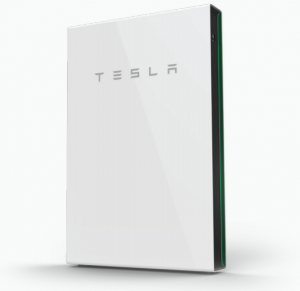Victoria has been working on a plan for solar powered trams over the past year and it looks like the Andrews government has moved one step closer with the project – announcing plans to build two new Victorian solar farms to power Melbourne’s tram networks. If that phrase conjured up the image of a bunch of trams with solar panels on top, unfortunately not yet – but using renewable energy to power public transport is a great step forwards. We already have projects like the Valdora solar farm run by the Sunshine Coast Council to power all their energy needs so it’s very encouraging to see the public sector moving in (some semblance of) lockstep with private innovation and investment.
Melbourne’s Solar Powered Trams

Premier Daniel Andrews announced that Bannerton Solar Park and the Numurkah Solar farm have won tenders to provide renewable energy to power Melbourne’s trams, offering 100MW and 38MW respectively for the network. The $100m Bannerton project will consist of 95,000 solar panels and is expected to reach full completion by July 2018. The Numurkah Solar Farm will output 100MW via 300,000 solar panels on 500 hectares, but only 38MW of this will be going to the government. French solar plant developer Neoen (who will partner with Tesla to create the world’s largest lithium-ion battery in South Australia) will commence construction in early 2018.
In January Energy, Environment and Climate Change Minister Lily D’Ambrosio advised that they would use one solar plant with 75MW of power – and that half of this would go to the tram network as 35MW was sufficient to cover the energy needs of 410 Melbourne trams. Despite opposition energy minister David Southwick decrying it at the time as a ‘media stunt’ and said Andrews’ government should be ‘fighting for the most affordable power deal for Victorians’, the government has forged ahead and have doubled down on their renewable energy plans – announcing Victoria’s Renewable Energy Targets for 2020 and 2025.
Victorian Renewable Energy Target
Legislation introduced to Parliament (the first time RETs have been enshrined in state legislation in Australia) last week has set Victoria’s RETs (Renewable Energy Targets) to 25% at 2020 and 40% by 2025. According to the Herald Sun, they haven’t released any modelling showing what the figures are based on, but the RET will mean a cut to energy prices of $30 p.a. for an average family.
According to Andrews, “The VRET will cut the average cost of power for Victorians by around $30 a year for households, $2,500 a year for medium businesses and $140,000 a year for large companies, while driving a 16 per cent reduction in Victoria’s electricity sector greenhouse gas emissions by 2034-35.”
The VRET legislation allows for a competitive reverse auction (i.e. the lowest bidder wins) for up to 650MW of power (enough to power Geelong, Ballarat, Bendigo and the Latrobe Valley combined) , which Clean Energy Council chief exec Kane Thornton says will ‘turbocharge’ the renewable energy industry in Victoria, calling it a ‘major step forward for communities, businesses and the state’s renewable energy industry’.
Political grandstanding or a massive step forward for renewable energy in Victoria? Is it necessarily a zero-sum game? We’ll know very soon – watch this space and we’ll keep you updated on how things are going! With the first legally binding state RETs Victoria are certainly putting their money where their mouth is and doing their bit to reduce emissions and move towards a renewable energy future.


